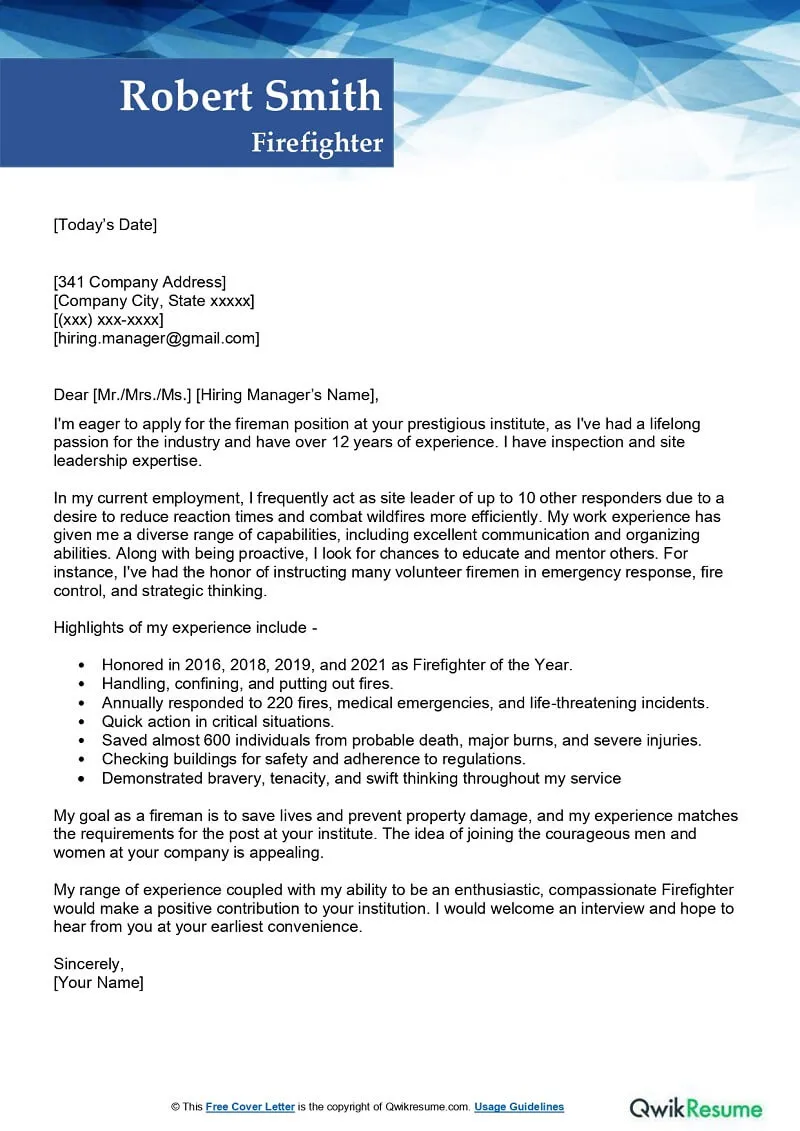Why Write a Cover Letter for Volunteer Firefighter?
Embarking on a journey to become a volunteer firefighter is a commendable aspiration, one that requires both courage and commitment. Before you can even begin the physical and practical aspects of training and service, you’ll need to submit an application. A crucial, often overlooked element of this application is the cover letter. Many candidates underestimate the importance of this document. A well-crafted cover letter is more than just a formality; it is your first chance to make a positive impression on the fire department and set yourself apart from other applicants. It’s an opportunity to communicate your passion, highlight your skills, and demonstrate your understanding of the role. In the competitive world of volunteer firefighting, a standout cover letter can be the difference between getting an interview and your application being overlooked. This guide will provide you with the essential steps and insights to create a compelling cover letter, even if you have no prior experience.
Understanding the Role of a Volunteer Firefighter
Before you start writing your cover letter, it’s important to understand the responsibilities and expectations of a volunteer firefighter. These individuals play a vital role in protecting their communities, responding to emergencies, and providing essential services. The role encompasses a wide range of activities, including firefighting, emergency medical response, search and rescue operations, and community education. A volunteer firefighter must be prepared to respond to calls at any time, often putting themselves in harm’s way to protect others. They work alongside career firefighters, contributing their time and skills to ensure the safety and well-being of their community. This often requires rigorous training, physical fitness, and the ability to work as part of a team. Knowing the demands of the job will help you tailor your cover letter and show the hiring committee that you have a genuine interest in the role and the ability to meet its challenges.
The Importance of a Cover Letter
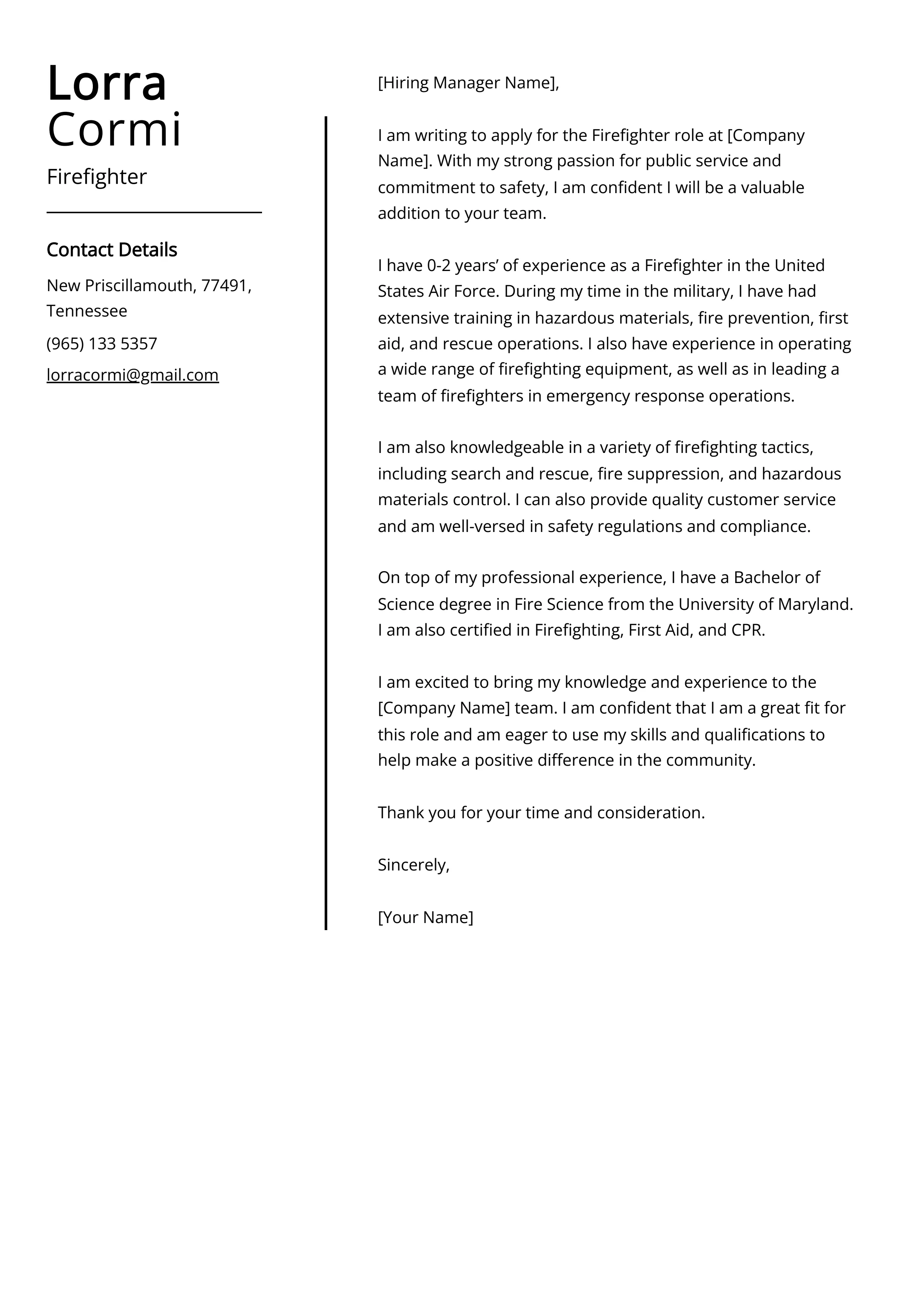
The cover letter serves as your personal introduction, allowing you to present yourself beyond the information contained in your resume or application form. It provides a space to express your personality, motivation, and unique qualifications. This is especially important if you have limited or no prior experience in firefighting. The cover letter allows you to demonstrate your enthusiasm for the role, explain why you’re interested in becoming a volunteer firefighter, and highlight the skills and qualities that make you a strong candidate. It also gives you the opportunity to address any potential concerns, such as a lack of direct experience, by focusing on your transferable skills and your willingness to learn. A well-written cover letter shows the fire department that you are serious about the role and that you have taken the time to thoughtfully consider your application. This investment of time and effort can significantly increase your chances of being selected for an interview.
Components of a Strong Cover Letter
A strong cover letter comprises several key components that work together to create a compelling and persuasive document. Each element contributes to the overall effectiveness of your application. From the basic header information to the closing salutation, every section should be carefully crafted to convey your message clearly and effectively. Consider this a roadmap that guides your audience through your qualifications, motivation, and dedication. The following outlines the critical parts that make up a professional and persuasive cover letter, and the best ways to approach each.
Header Information
The header is the first element a hiring manager will see, and it sets the stage for the rest of your letter. It should contain your contact information, including your name, address, phone number, and email address. Use a professional font and format to ensure that your information is clear and easy to read. Make sure your email address is professional (e.g., john.doe@email.com) and not something casual or informal. Place the header at the top left or right of the page, and ensure that it is properly aligned. Using a consistent format across all your application materials shows attention to detail, a key quality for a volunteer firefighter.
Applicant’s Contact Information
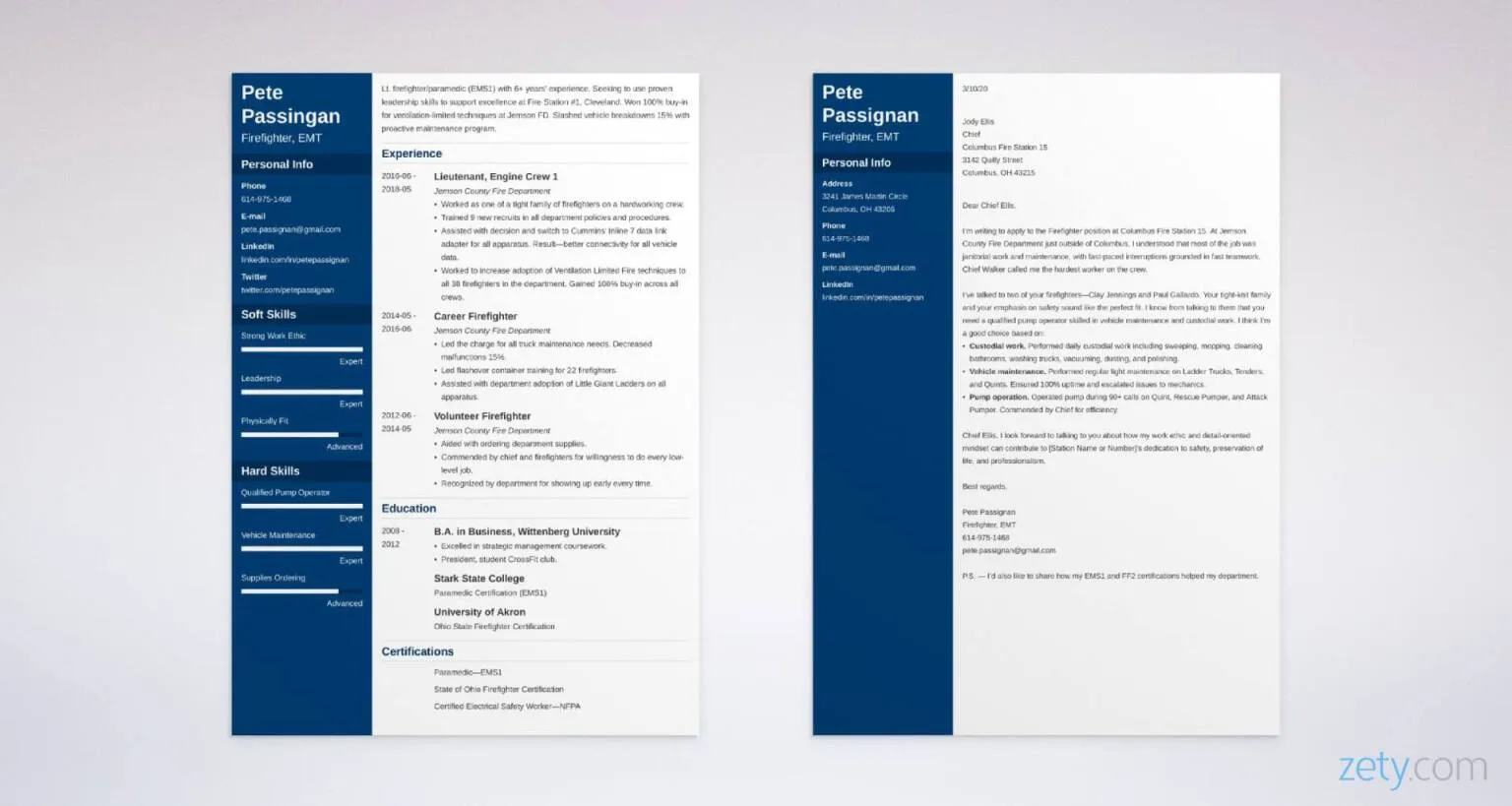
Your full name should be at the top, followed by your street address, city, state, and zip code. Below this, provide your phone number, ensuring that it is a number where you can be easily reached. Lastly, include your professional email address. Double-check the accuracy of all your contact details. The hiring team needs to easily reach you to invite you for an interview. A simple error can result in your application being overlooked.
Date
The date is an important element of the header because it indicates when you are submitting the cover letter. It should be placed directly below your contact information, usually on the left or right side of the page. Use the current date. It’s also important to align the date properly with the rest of the header. For instance, if your contact information is aligned to the left, the date should also be on the left. Proper dating helps keep your application materials organized and shows your attention to detail.
Recipient’s Information
Below the date, you’ll need to include the recipient’s information. This typically includes the name of the fire chief or hiring manager, their title, the fire department’s name, and the department’s address. Researching this information beforehand shows initiative and demonstrates that you are genuinely interested in the specific department. Addressing your cover letter to a specific person makes it more personal and increases your chances of getting noticed. If you cannot find the name of the hiring manager, address the letter to the ‘Hiring Committee’ or ‘Recruitment Department’.
The Salutation
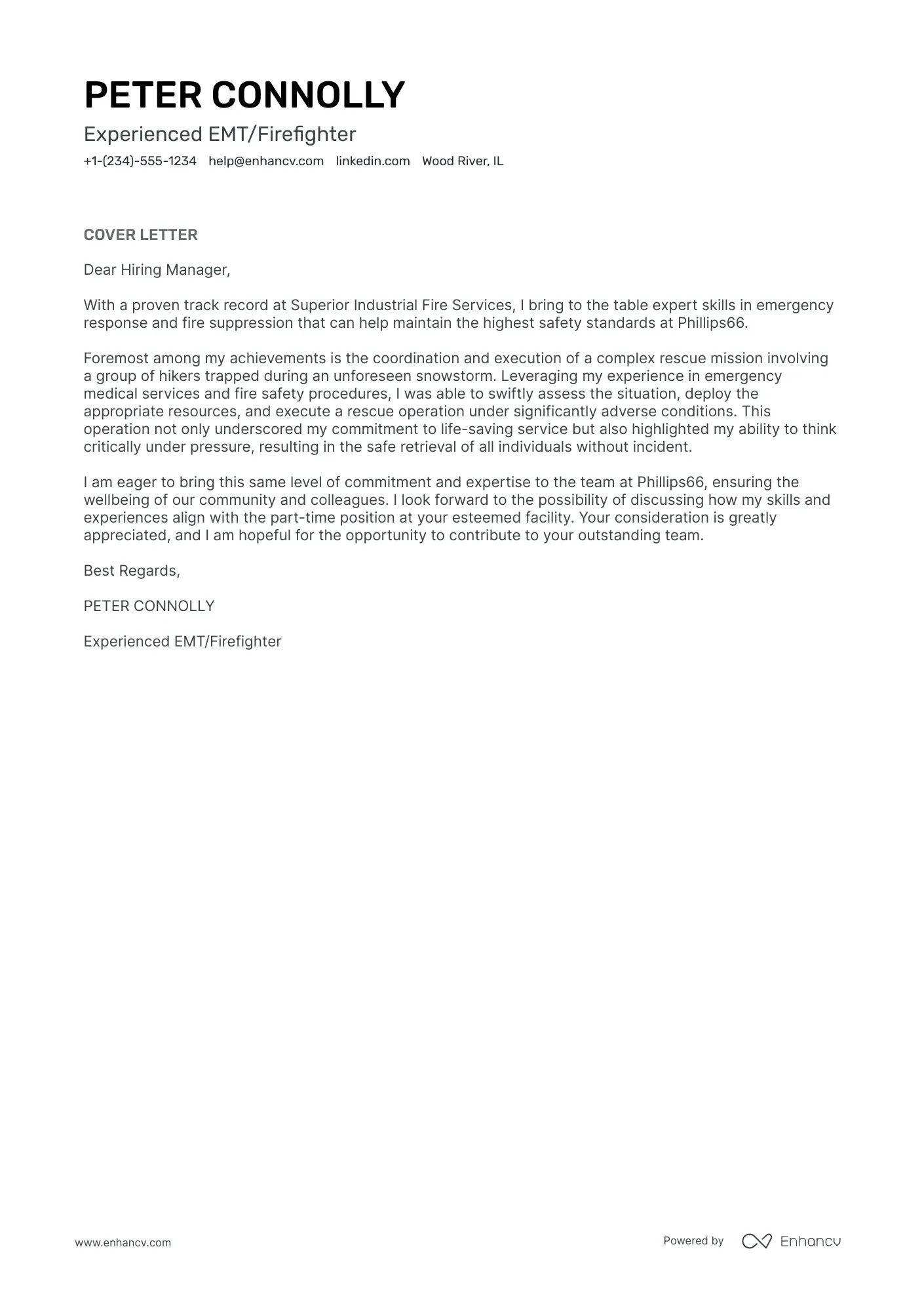
The salutation is your opening greeting, and it sets the tone for your letter. If you know the name of the hiring manager, use a formal salutation like ‘Dear Mr./Ms. [Last Name]’. If you’re unsure of the name, use a general salutation such as ‘Dear Hiring Committee’ or ‘To Whom It May Concern’. Avoid overly casual salutations, such as ‘Hello’ or ‘Hi’, as these may be perceived as unprofessional. The salutation should be followed by a comma. Ensure that your salutation aligns with the formality of the organization you are applying to. Your goal is to show respect and professionalism from the very beginning.
Crafting the Opening Paragraph
The opening paragraph is your opportunity to grab the reader’s attention and make a strong first impression. This is where you state your purpose and express your interest in becoming a volunteer firefighter. Be clear, concise, and enthusiastic. Make sure to mention the specific position or department you are applying for. Briefly explain how you learned about the opportunity. A strong opening paragraph should immediately communicate why you are writing and what you hope to achieve. Your goal is to pique the reader’s interest and encourage them to continue reading the rest of your letter. Avoid generic opening lines, and instead, try to tailor your introduction to the specific fire department and the role. This will show the hiring committee that you’ve put thought and effort into your application.
Expressing Enthusiasm and Intent
Start by clearly stating your desire to become a volunteer firefighter. Express your genuine interest in the role and your enthusiasm for the opportunity to serve your community. Show that you are motivated and dedicated to the mission of the fire department. Use strong and positive language that reflects your passion for the job. For example, instead of saying ‘I am interested in becoming a firefighter,’ you might say, ‘I am writing to express my deep passion for serving my community and my strong desire to become a volunteer firefighter with your esteemed department.’ This shows the hiring committee your commitment.
Highlighting Your Interest
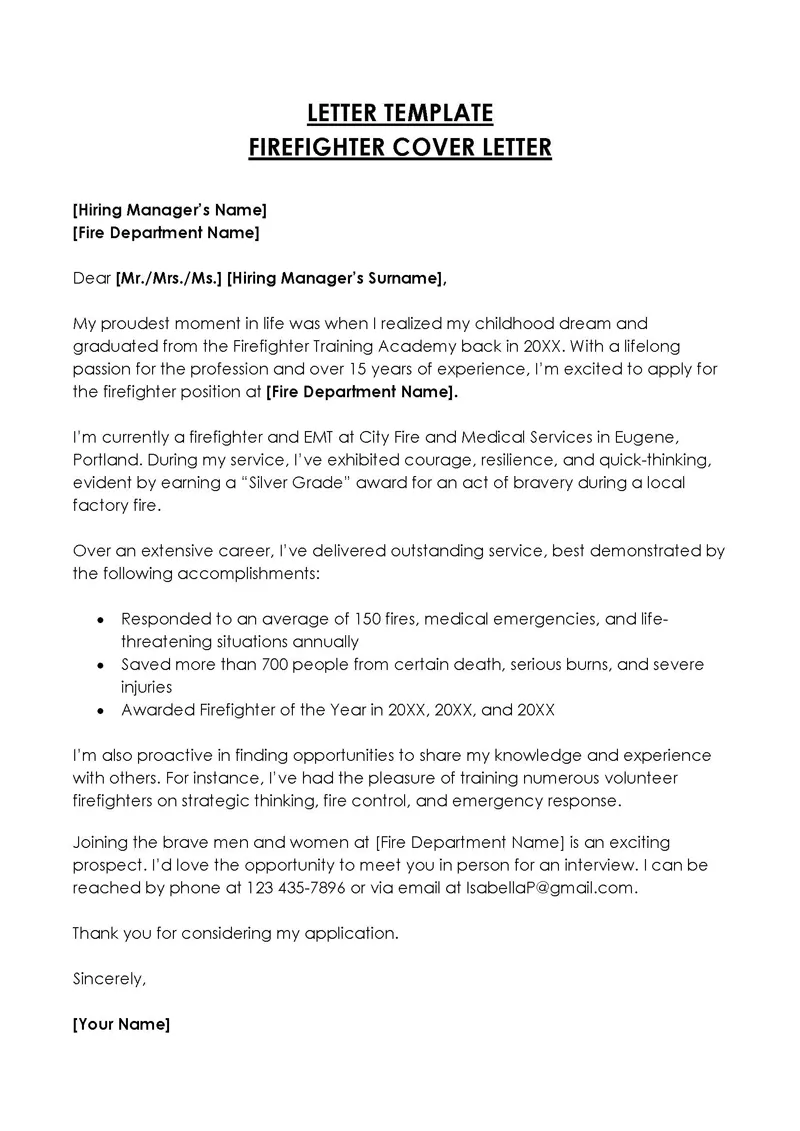
Briefly explain what sparked your interest in firefighting. It could be a personal experience, a desire to help others, or a fascination with the profession. Mention why you are drawn to this particular fire department. This could be because of its reputation, its community involvement, or its specific programs. This will show that you have done your research and are genuinely interested in joining their team. Personalize this section. For example, you could write, ‘I have always been drawn to the bravery and selflessness of firefighters,’ or ‘Your department’s commitment to community outreach resonates deeply with my values.’ This helps the hiring committee connect with you on a personal level.
Body Paragraphs
The body paragraphs are the meat of your cover letter, where you provide more detailed information about your skills, qualities, and experiences. This is the place to convince the hiring manager that you are a suitable candidate, even if you have no prior experience. Focus on demonstrating that you have the necessary skills and qualities to succeed as a volunteer firefighter, highlighting transferable skills from other areas of your life. Also, show that you are dedicated, committed, and a team player. Structure your body paragraphs logically, using clear topic sentences and supporting details. This will make your letter easy to read and understand. Keep the focus on how your skills and experiences align with the requirements of the volunteer firefighter role.
Showcasing Relevant Skills and Qualities
Even without direct experience, you likely possess skills and qualities that are valuable to a fire department. Highlight skills like communication, teamwork, problem-solving, leadership, physical fitness, and the ability to remain calm under pressure. Provide specific examples to demonstrate these skills. For instance, if you have leadership experience, describe a situation where you took charge and guided a team to achieve a goal. If you have strong communication skills, provide an example of how you effectively conveyed information to others. Use the job description as a guide to identify the most relevant skills and qualities and tailor your examples to show how you have demonstrated them. Remember to quantify your achievements whenever possible.
Emphasizing Transferable Skills
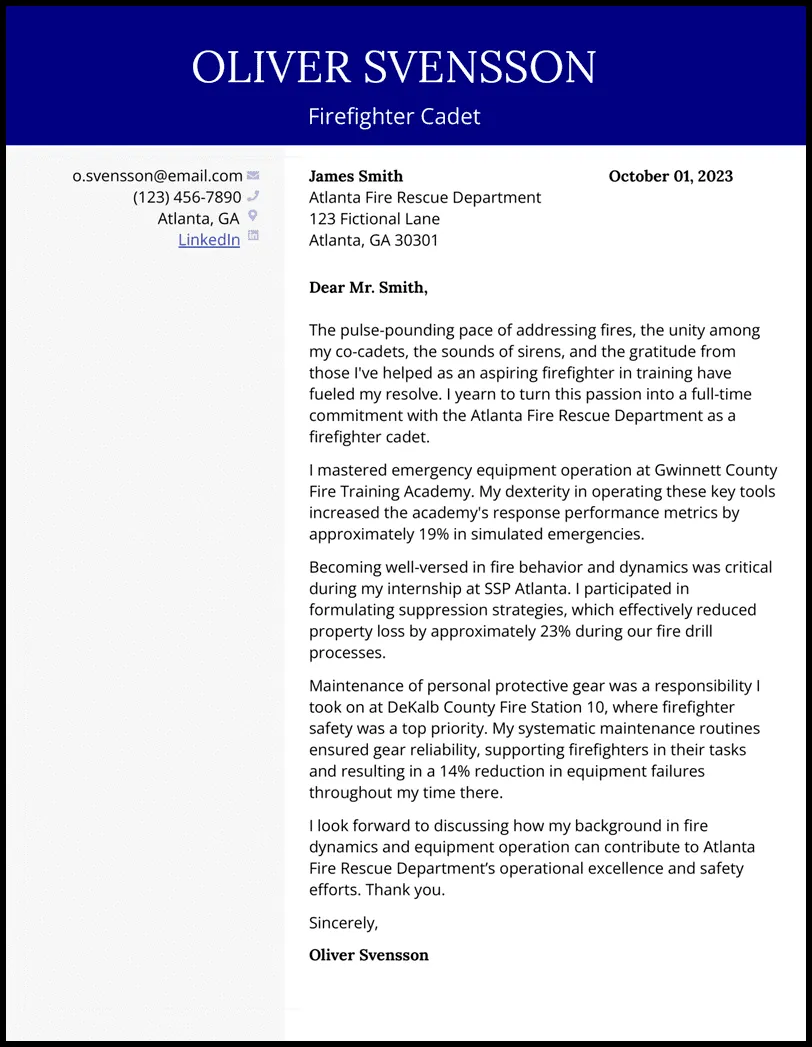
Transferable skills are skills you’ve gained in one setting that can be applied to another. If you lack direct firefighting experience, focus on these skills. Examples include: teamwork (from sports, clubs, or volunteer work), communication (from customer service, teaching, or public speaking), problem-solving (from any job or project where you overcame obstacles), leadership (from managing a team, leading a project, or taking initiative), and physical fitness (from any regular exercise or sports activities). Provide specific examples of how you have used these skills in the past. For example, if you are highlighting teamwork, describe how you successfully collaborated with others to achieve a common goal. This shows the hiring committee that you can adapt and apply your skills to the unique challenges of firefighting.
Demonstrating Your Commitment
Volunteer firefighting requires a significant commitment of time, effort, and dedication. Demonstrate your commitment by emphasizing your willingness to serve, learn, and contribute to the team. Mention any steps you’ve taken to prepare for the role, such as researching the fire department, attending community events, or completing any relevant training courses. This shows initiative and a proactive approach. Express your understanding of the time commitment required and your ability to balance this with your other responsibilities. Be specific about your availability and your willingness to participate in training sessions, meetings, and emergency calls. This ensures the hiring committee that you are serious about the role.
Addressing the Lack of Experience
Acknowledge that you may lack direct firefighting experience, but frame this as an opportunity for growth and learning. Focus on your eagerness to learn and your willingness to be trained. Emphasize your positive attitude, your enthusiasm for the role, and your commitment to becoming a valuable member of the team. Highlight your eagerness to attend training sessions, participate in drills, and learn from experienced firefighters. This proactive approach shows the hiring committee that you understand the role and are willing to invest time and effort to become a skilled firefighter. Avoid making excuses or dwelling on your lack of experience; instead, focus on what you can bring to the table.
Focusing on Your Potential
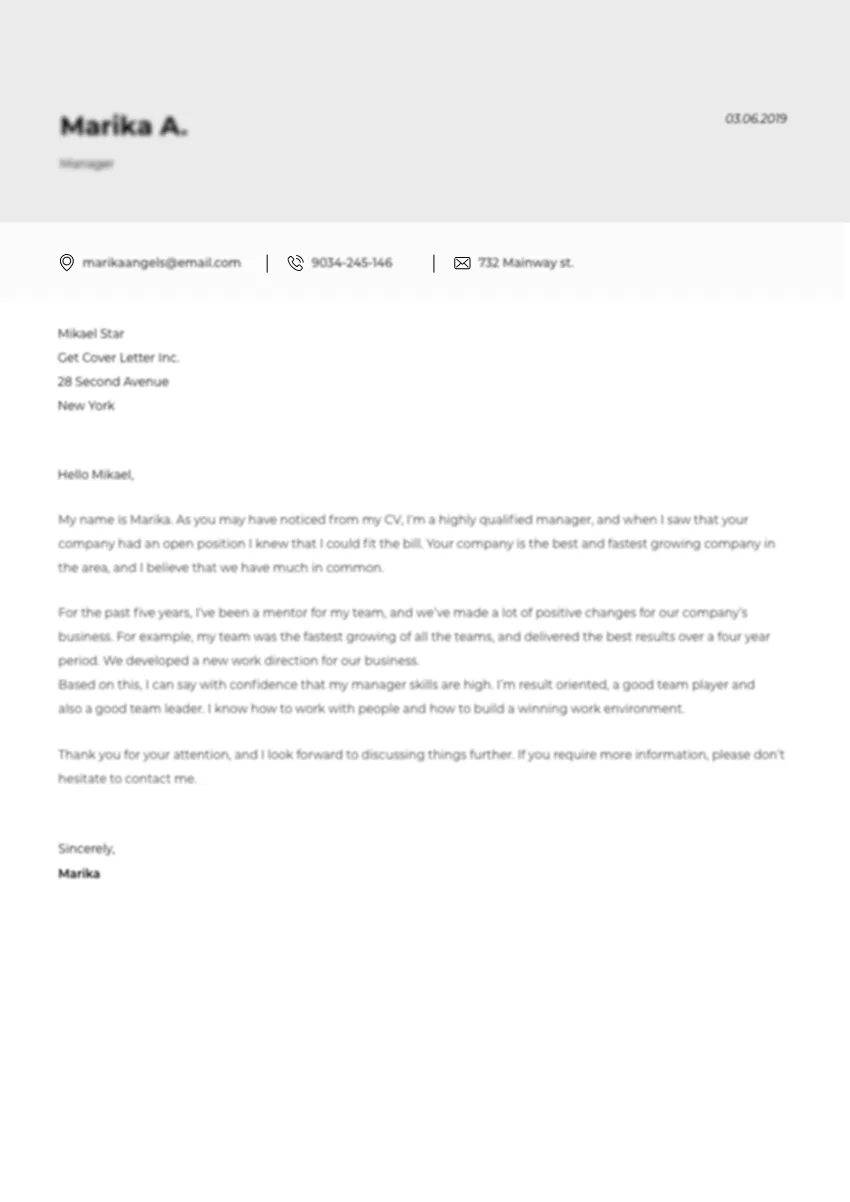
Instead of focusing on what you haven’t done, highlight what you can do and your potential for growth. Describe your personal qualities and traits that would make you a good firefighter. These might include your physical fitness, your ability to remain calm under pressure, your problem-solving skills, and your ability to work as part of a team. Mention your willingness to embrace challenges and learn new skills. Convey your enthusiasm for the profession. Your ability to contribute to the team. By focusing on your strengths, potential, and willingness to learn, you can convince the hiring committee that you are a worthy candidate despite your lack of experience.
Highlighting Training and Certifications (if any)
If you have completed any relevant training courses or obtained any certifications, be sure to mention them. This could include certifications in first aid, CPR, wilderness first responder, or any other related skills. This shows that you’ve taken the initiative to prepare for the role. Highlight any courses or training programs that are related to firefighting or emergency services. If you are in the process of obtaining any certifications, mention them, and provide a timeline for completion. Even if you don’t have formal certifications, describe any relevant training you’ve had, such as self-defense or specialized skills that might be useful. These details demonstrate that you are proactive and committed to learning and personal development.
The Closing Paragraph
The closing paragraph is your final opportunity to leave a lasting impression on the reader. It is a crucial step to reiterate your interest, express gratitude, and clearly state your availability for an interview. This paragraph must summarize your enthusiasm for the opportunity. Make sure it shows that you are excited about the possibility of joining the fire department. It can also encourage the hiring manager to take the next step.
Expressing Gratitude and Offering Availability
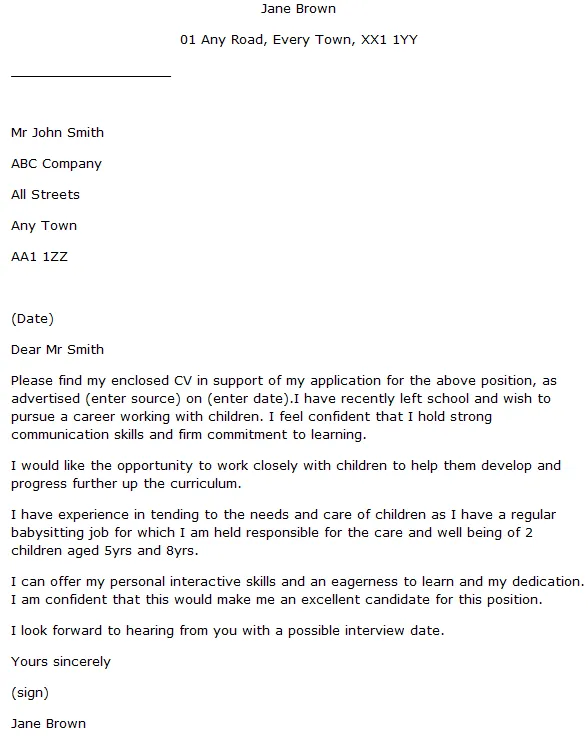
Thank the hiring manager for considering your application and for their time and consideration. Express your appreciation for the opportunity to apply for the position. State your availability for an interview and how you can be reached. Be clear and concise about your contact information. Reiterate your willingness to provide any additional information needed. Close with a professional and enthusiastic statement, such as ‘I am eager to learn more about this opportunity and discuss how I can contribute to your team.’ The closing paragraph should leave the hiring manager with a positive impression and a clear understanding of your interest and availability.
Making a Strong Call to Action
A call to action prompts the reader to take the next step. This is a vital part of the closing paragraph. Invite the hiring manager to contact you for an interview. Use strong and direct language, such as ‘I am available for an interview at your earliest convenience’ or ‘I look forward to hearing from you soon.’ Provide your phone number and email address again, making it easy for them to contact you. Ensure that your contact information is correct. Your goal is to make it as simple as possible for the hiring manager to reach out to you. Your call to action should encourage the hiring manager to reach out.
Formatting and Proofreading
Proper formatting and careful proofreading are essential for creating a professional and polished cover letter. Errors in formatting or grammar can undermine your credibility and make a negative impression on the hiring manager. Take the time to ensure that your cover letter is well-organized, easy to read, and free of any mistakes. Your attention to detail is a key indicator of your overall professionalism and ability to perform well in a volunteer role that demands precision and accuracy.
Formatting Guidelines
Use a professional and easy-to-read font, such as Times New Roman, Arial, or Calibri. Keep the font size between 10 and 12 points. Use standard one-inch margins on all sides of the document. Use single spacing within paragraphs and double spacing between paragraphs. Left-align your text. Avoid using excessive bolding, italics, or underlining. Keep your cover letter concise and focused, ideally no more than one page. Ensure that your cover letter is well-organized and easy to navigate. Use clear headings and subheadings to separate different sections of your letter. Use bullet points to highlight key information. This will make your letter easier to read and will help the hiring manager quickly understand the main points.
Proofreading Tips
Thorough proofreading is critical to eliminate errors and ensure your cover letter is free of any mistakes. After you finish writing your cover letter, carefully review the document for any typos, grammatical errors, or punctuation mistakes. Use a spell-checker, but don’t rely on it completely. Read your cover letter aloud to catch any awkward phrasing or sentence structures. Ask a friend, family member, or career counselor to review your cover letter for you. A second pair of eyes can often catch errors that you may have missed. Make sure the tone of your cover letter is professional and appropriate for the position and the fire department. By taking the time to proofread your cover letter, you can significantly improve your chances of making a positive impression on the hiring manager. Proofreading is a sign of professionalism and care.
Additional Tips for Success
In addition to the fundamental components of a cover letter, there are several additional tips that can help you create a more compelling and effective application. These tips can help you stand out from other applicants, make a strong impression, and increase your chances of being selected for an interview. Remember that attention to detail and a proactive approach are key to landing your volunteer firefighter position.
Researching the Fire Department
Before you start writing your cover letter, thoroughly research the fire department you are applying to. Visit their website, read their mission statement, and learn about their values, community involvement, and recent activities. Show that you are genuinely interested in the specific department and that you understand their goals. Tailor your cover letter to the specific department. Mention any specific programs, initiatives, or values that resonate with you. This will show the hiring committee that you have taken the time to learn about them. Knowing their priorities allows you to showcase how your skills and experiences align with their needs. Personalized and thoughtful applications are more likely to stand out.
Tailoring Your Cover Letter
Avoid using a generic cover letter. Customize your letter for each fire department you apply to. Tailor your letter to the specific requirements of the role and the values of the department. Mention any specific skills or qualities that the department is looking for in a volunteer firefighter. Use the job description as a guide to identify the key requirements. By tailoring your letter, you can show the hiring committee that you have put in the effort and are genuinely interested in the specific opportunity. Show that you’re not just sending a mass application; you’re expressing a sincere interest in their department.
Following Up on Your Application
After submitting your application, follow up with the fire department to express your continued interest and to inquire about the status of your application. Send a brief email or make a phone call. Be polite and professional in your communication. Inquire about the timeline for the hiring process and when you can expect to hear back from them. Following up shows your enthusiasm and persistence, and it can help you stay top-of-mind with the hiring committee. If you haven’t heard back within a reasonable timeframe (e.g., two weeks), consider sending a follow-up email or making a phone call. This follow-up shows your genuine interest in the position and gives you another opportunity to reinforce your qualifications.
